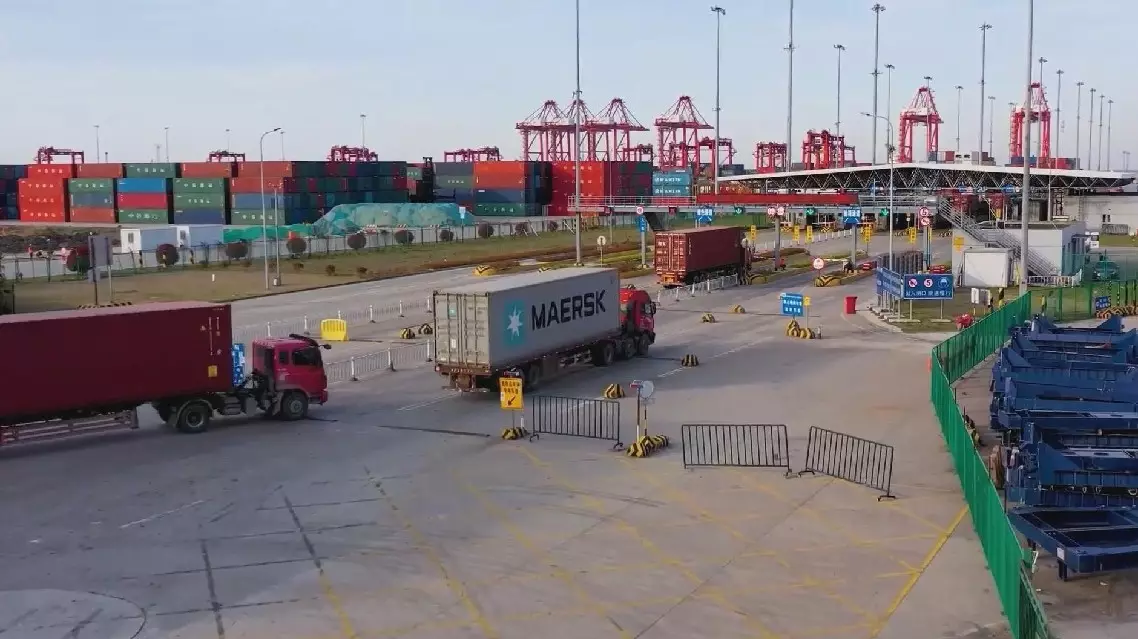China has experienced a significant rise in the export of seasonal goods through cross-border e-commerce as the "summer products" craze intensifies with the heat, injecting new vitality into the country's foreign trade.
A total of 24 container trucks loaded with summer clothes, sunscreens, outdoor gears and other seasonal items recently rolled out of the customs checkpoint at the cross-border e-commerce supervision center in the Yantai Comprehensive Bonded Zone of east China's Shandong Province. These goods were set to be shipped to South Korea.
This summer, there has been a noticeable surge in global consumer demand for Chinese-made products, leading to a significant increase in cross-border e-commerce export volumes.
"Summer products are seeing brisk sales across major e-commerce platforms, driving a significant increase in shipment volumes. Average daily shipments are approaching 100,000 orders, with around 20 container trucks dispatched daily. In July, cross-border e-commerce exports to South Korea reached 2.15 million orders, valued at over 43 million U.S. dollars, a 13.7-percent rise from the previous year. Order volumes are expected to exceed 2.2 million in August," said Zhan Xiaobin, general manager of a supply chain company.
Alongside the rise in export volumes, cross-border e-commerce services have also seen improvements in efficiency with the customs authorities and relevant departments bolstering technological support for port operations and clearance to ensure the timely shipping of goods.
"The introduction of smart checkpoints and customs electronic locks has facilitated data interconnectivity between customs, logistics operators and ports, streamlining procedures and significantly boosting logistics efficiency," said Ding Sheng, head of fourth inspection division of the Yantai Customs, subordinate to Qingdao Customs in Shandong Province.
In the first seven months of 2024, Qingdao Customs processed over 97 million import and export declarations for cross-border e-commerce goods, marking a 26 percent year-on-year increase. In July alone, the number of declarations surpassed 15 million, representing a 23-percent rise compared to the same period last year.

Cross-border e-commerce thrives in Shandong amid summer economic boost










